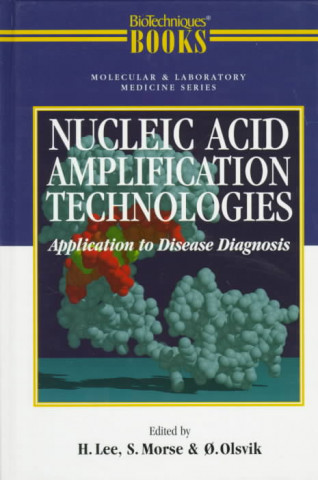
Code: 01399142
Nucleic Acid Amplification Technologies: Application to Disease Diagnosis
by lsvik, orse, ee
The polymerase chain reaction (PCR) has proved to be a powerful and versatile tool and has opened new avenues in molecular biol ogy. Alternative nucleic acid amplification techniques, such as the ligase chain reaction (LCR), nucle ... more
- Language:
 English
English - Binding: Hardback
- Number of pages: 286
Publisher: Springer, Basel, 1997
- More about this

176.02 €
Availability:
50/50 We think title might be available. Upon your order we will do our best to get it within 6 weeks.
We think title might be available. Upon your order we will do our best to get it within 6 weeks.We search the world
You might also like
-

Power Of Your Subconscious Mind (revised)
10.12 € -25 % -

Desperados 3 Collectors Edition (PlayStation PS4)
145.03 €
Give this book as a present today
- Order book and choose Gift Order.
- We will send you book gift voucher at once. You can give it out to anyone.
- Book will be send to donee, nothing more to care about.
Availability alert
Enter your e-mail address and once book will be available,
we will send you a message. It's that simple.
More about Nucleic Acid Amplification Technologies: Application to Disease Diagnosis
You get 435 loyalty points
 Book synopsis
Book synopsis
The polymerase chain reaction (PCR) has proved to be a powerful and versatile tool and has opened new avenues in molecular biol ogy. Alternative nucleic acid amplification techniques, such as the ligase chain reaction (LCR), nucleic acid sequence-based amplifica tion (NASBA), and transcription-mediated amplification (TMA), a variation of NASBA, are also now available. These techniques are all designed to amplify specific nucleic acid sequences in an expo nential manner, thus providing a basis for extremely sensitive diag nostic assays. However, despite the widespread and successful ap plication of genomic amplification techniques in biological research, they have not yet reached the point of routine use in clini cal laboratories. Thus, although the R&D investment in nucleic acid diagnostics is in excess of $250 million annually, clinical ap plications remain relatively modest. One of the principal reasons for this delay in clinical application has been the problem of acci dental contamination of negative clinical specimens with minute amounts of amplified products from a previous positive reaction. Carry-over contamination of amplicons can now be prevented by chemical means or the use of a closed reaction system. However, the current instrumentation is essentially modular in nature, com prising machines that perform the three essential steps of nucleic acid amplification technology: sample preparation, the amplifica tion reaction, and detection of products. Consequently, the test pro cedures are more complicated with somewhat lower sample throughput than the enzyme immunoassays currently performed in clinical laboratories.
 Book details
Book details
Book category Books in English Technology, engineering, agriculture Biochemical engineering Biotechnology
176.02 €
- Full title: Nucleic Acid Amplification Technologies: Application to Disease Diagnosis
- Author: lsvik, orse, ee
- Language:
 English
English - Binding: Hardback
- Number of pages: 286
- EAN: 9780817639211
- ID: 01399142
- Publisher: Springer, Basel
- Weight: 610 g
- Dimensions: 240 × 160 × 20 mm
- Published: 1997
Trending among others
-
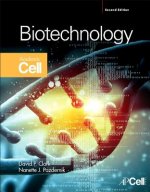
Biotechnology
96.14 € -
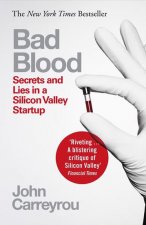
Bad Blood
15.64 € -10 % -

Blueprint, with a New Afterword
14.92 € -23 % -

Regenesis
17.28 € -24 % -
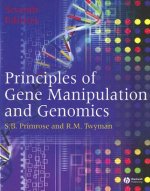
Principles of Gene Manipulation and Genomics 7e
147.59 € -
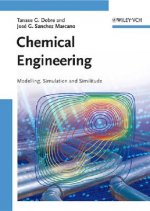
Chemical Engineering
241.99 € -

Introduction to Biotechnology, Global Edition
89.39 € -

Introduction to Genetic Engineering
56.55 € -5 % -

Gmo Sapiens: The Life-changing Science Of Designer Babies
32.41 € -
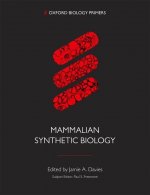
Mammalian Synthetic Biology
30.98 € -

Environmental Biotechnology
86.22 € -2 % -

EEG-Based Brain-Computer Interfaces
184.71 € -
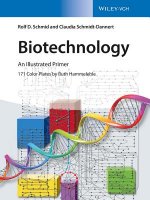
Biotechnology - An Illustrated Primer
80.18 € -10 % -

Construction Biotechnology
188.91 € -

Case against Perfection
24.44 € -1 % -
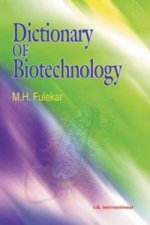
Dictionary of Biotechnology
20.86 € -

Applied Genetics of Leguminosae Biotechnology
243.94 € -

Plant Cryopreservation: A Practical Guide
192.08 € -

After Meat
15.64 € -19 % -

GMO Deception
26.28 € -4 % -
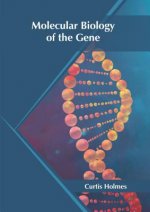
Molecular Biology of the Gene
136.03 € -6 % -
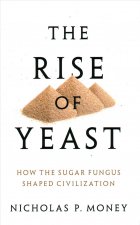
Rise of Yeast
27.09 € -9 % -

Nanopore Sequencing
243.94 € -

Lactoferrin
188.91 € -
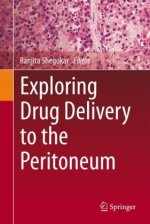
Exploring Drug Delivery to the Peritoneum
199.85 € -
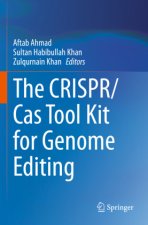
The CRISPR/Cas Tool Kit for Genome Editing
221.95 € -
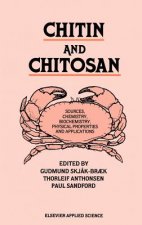
Chitin and Chitosan
364.94 € -
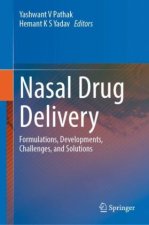
Nasal Drug Delivery
221.95 € -

Introduction to Food Engineering
124.88 € -1 % -
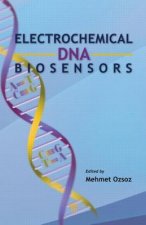
Electrochemical DNA Biosensors
180.93 € -

Industrial Hemp
184.71 € -

Cell Biology and Genetics
79.16 € -2 % -
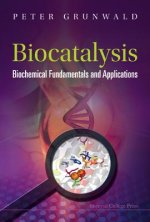
Biocatalysis Biochemical Fundamentals and Applications
203.33 € -

Natural Soda Ash
662.07 € -
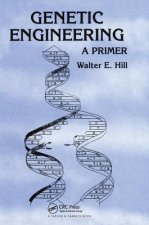
Genetic Engineering
258.97 € -
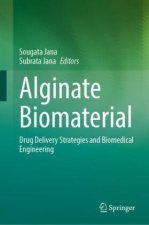
Alginate Biomaterial
281.78 € -

Plant Biotechnology
62.28 € -
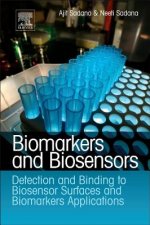
Biomarkers and Biosensors
167.33 € -

Biotechnology: From Theories to Practice
132.34 € -6 % -
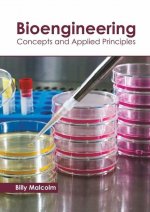
Bioengineering: Concepts and Applied Principles
132.34 € -6 % -
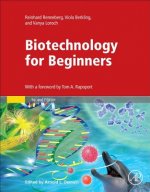
Biotechnology for Beginners
123.75 € -

Ultra-Weak Photon Emission from Biological Systems
427.33 € -

Information Technologies in Environmental Engineering
243.94 € -

GMO Handbook
188.91 € -

Do No Harm - Protecting Connected Medical Devices, Healthcare, and Data from Hackers and Adversarial Nation States
24.74 € -21 % -
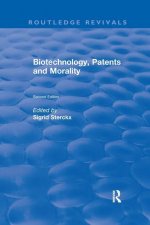
Biotechnology, Patents and Morality
57.68 € -
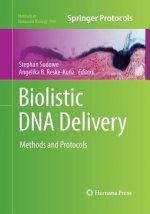
Biolistic DNA Delivery
133.88 € -
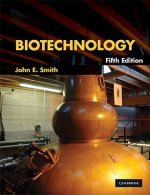
Biotechnology
69.03 € -
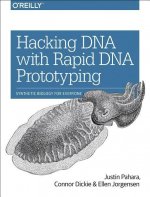
Hacking DNA with Rapid DNA Prototyping: Synthetic Biology for Everyone
56.96 €
Collection points Bratislava a 2642 dalších
Copyright ©2008-24 najlacnejsie-knihy.sk All rights reservedPrivacyCookies


 15549 collection points
15549 collection points Delivery 2.99 €
Delivery 2.99 € 02/210 210 99 (8-15.30h)
02/210 210 99 (8-15.30h)